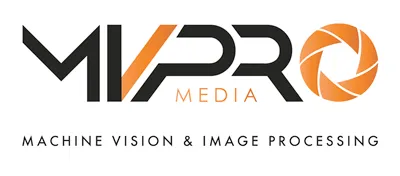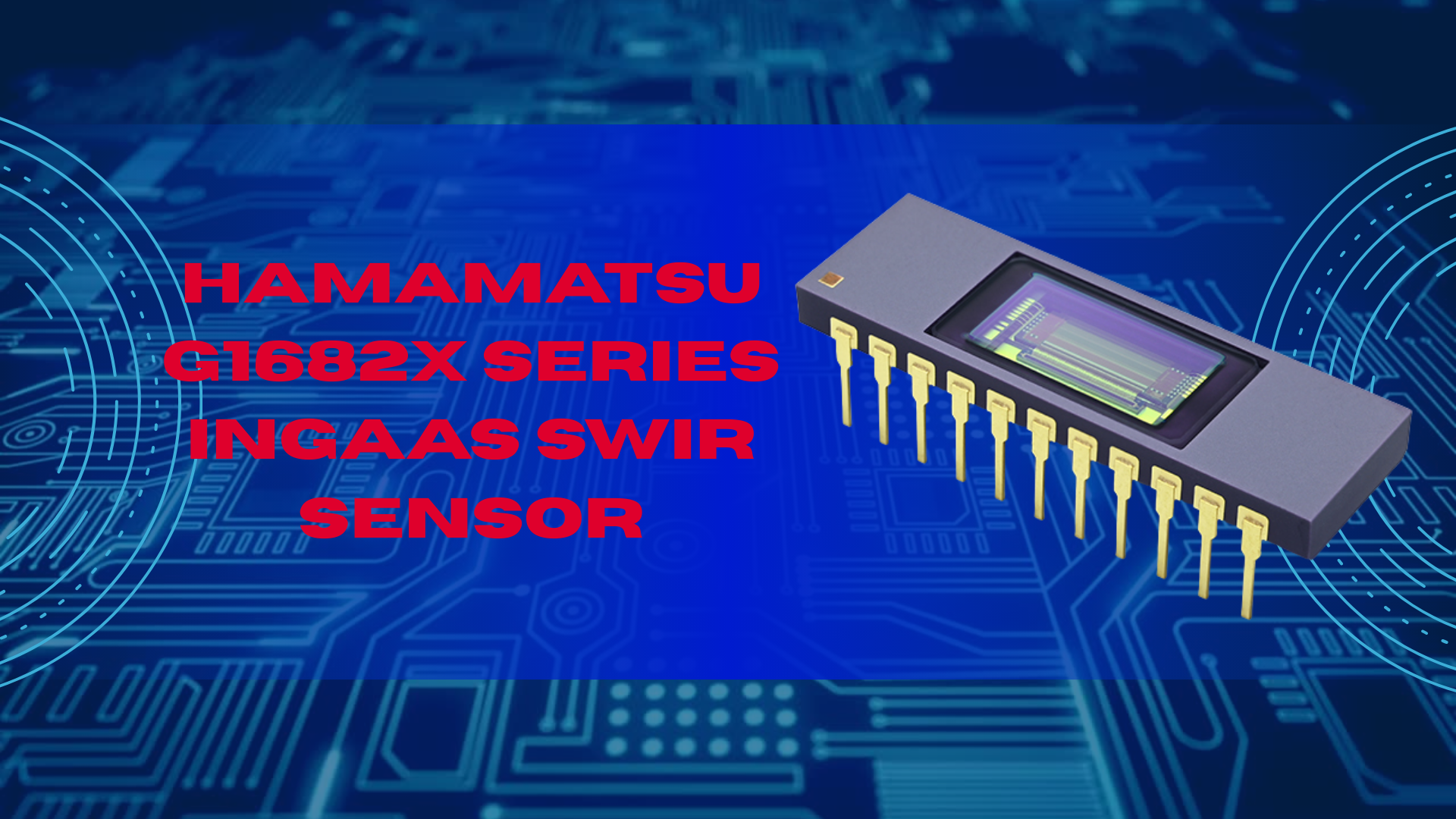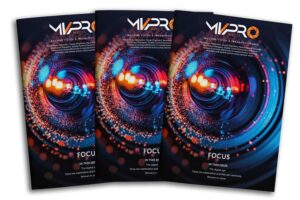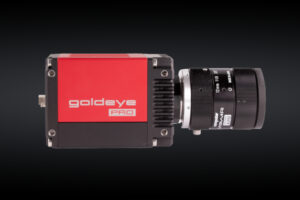It . . . well, it was Big.
The bang wasn’t an explosion, really. An explosion implies that a single point expanded into space. But space didn’t exist before the Big Bang. The Big Bang created space, all of it, everywhere. Since that point, space has been expanding and stretching, carrying all matter with it.
The expansion of the universe began when it was a hundredth of a billionth of a trillionth of a trillionth of a second old. By the time it was three minutes old, it was creating matter in the form of deuterium, then hydrogen, helium, and a bit of lithium. About 380,000 years after the Big Bang, matter began to cool enough to combine into atoms, but the universe was a dark void of nothing. No stars, no galaxies. Just a transparent cloud of gas with an electrically neutral charge.
At about 100 to 400 million years old, the universe emerged from its dark ages during what is known as the epoch of reionization. Gas coalesced to become the first stars, then galaxies.
The first light. Ever.
And soon, we may be able to see it.
New Telescope on the Block
The James Webb Space Telescope (JWST) will soon be able to peer into the epochal times of our universe and show us how stars, galaxies, and even space itself, formed.
Launched on December 25th from a site in French Guiana, Webb has been a long time coming. The telescope was conceived of in the mid-1990s and has been in development for more than two decades, delayed again and again by cost overruns and changing priorities. Over the years, Webb has at times seemed like a legend, the mythical telescope carrying the hopes of astrophysicists across the world . . . that would never actually launch. But by the middle of next year, JWST will begin studying the early cosmos, in addition to watching how galaxies and planetary systems have formed.
Infrared is the key to seeing the early universe
Webb is not like its predecessor, the Hubble Space Telescope. Hubble has done some amazing things in its life, carrying a diverse array of sensors that allow it to see from near-infrared through ultraviolet, including the visible light spectrums. In contrast, JWST is all about infrared.
Why infrared? Because that’s the only way we can see the early universe.

As the universe expands, the space itself stretches as stars and galaxies grow further and further away from each other. Because of this expansion, the light from far away galaxies has shifted from the visible and ultraviolet light into the infrared spectrum. As a rule, light from objects moving away from us shifts towards red, known as “redshift.”
The light from the early universe has been travelling for 13.8 billion years and can only be seen in infrared. Thus, JWST is only equipped with infrared science instruments.
NASA states:
“To find the first galaxies, Webb will make ultra-deep near-infrared surveys of the Universe, and follow up with low-resolution spectroscopy and mid-infrared photometry (the measurement of the intensity of an astronomical object’s electromagnetic radiation). To study reionization, high-resolution near-infrared spectroscopy will be needed.”
In addition to studying the era of reionization in the early universe, JWST has three other scientific objectives.
Study how galaxies form and evolve:
Early galaxies were not like the majestic spirals that we’ve seen through the Hubble telescope. Rather, they tended to be hot and dense clumps, with clustered knots of stars. With its ability to peer into the earliest periods of galaxy formation, JWST will be able to show us these early galaxies and understand how they evolved over time as the universe expanded.
Understand how stars and planets form
Some of Hubble’s most magical images have been of nebulae, hot clouds of gas where stars are born. The Pillars of Creation, the Crab Nebula, the Horsehead Nebula, and the Bubble Nebula are some of the most iconic images that humanity has ever captured of the cosmos.

The problem that Hubble faced in studying these nebulae was that its visible-light cameras and (comparably) weaker infrared sensors could not pierce through the dust to see the stars being formed within. With its powerful infrared cameras, Webb will be able to give us a view inside these nebulae to see the process of stars forming. In the same vein, JWST will be able to look at the swirling dust of protoplanetary systems, where young stars are still in the process of creating their own solar systems.
Analyze the atmospheric makeup of exoplanets
Webb will work in conjunction with other telescopes to study exoplanets. Ground-based and space telescopes often use the transit method to discover exoplanets. The transit method looks for exoplanets that are moving between our viewpoint on Earth and a star. When a planet transits in front of a star it blocks some of the star’s light. Webb will not look for exoplanets itself, but rather will use spectroscopic sensors to study the light from already discovered exoplanets, helping to determine the makeup of their atmospheres, such as chemical makeup and presence of water.
James Webb Space Telescope’s four powerful infrared instruments
To accomplish its goals of peering into the earliest epoch of the universe and into the mysteries of nebulae, Webb will carry four primary scientific instruments:
- Near-Infrared Camera (NIRCam)
- Near-Infrared Spectrograph (NIRSpec)
- Mid-Infrared Instrument (MIRI)
- Fine Guidance Sensor/Near InfraRed Imager and Slitless Spectrograph (FGS/NIRISS)
Webb is equipped with massive mirrors that span 21 feet and 4inches (6.5 meters) that will direct light toward its sensors, with the mirror made of 18 different hexagonal segments each measuring 4.3 feet (1.32 meters). The primary mirror is 6.25x bigger than Hubble’s mirror. Webb’s instruments need to be kept as close to absolute zero as possible, so the whole telescope will be equipped with a massive sunshield the size of a tennis court at 69.5 feet by 46.5 feet (22 by 12 meters). Upon launch, the mirrors and sunshield tucked onto the body of the telescope and will gradually unfold over the six months that JWST will take to reach its orbiting distance, about a million miles from Earth.
NIRCam
NIRCam will be Webb’s primary imager, used to detect light from the earliest stars and galaxies. It will cover the infrared spectrum for 0.6 to 5 microns and be equipped with coronagraphs, which help block the light of a bright object (like a star) so that images can be taken of a dimmer object (like a planet) in its vicinity. The coronagraphs will help JWST analyze the atmospheres of planets.

NIRCam has 10 mercury-cadmium-telluride (HgCdTe) “H2RG” detector arrays made by Teledyne Imaging Systems that allow for extraordinary sensitivity.
NASA describes the HgCdTe arrays:
“HgCdTe is a very interesting material. By varying the ratio of mercury to cadmium, it is possible to tune the material to sense longer or shorter wavelength light. Webb takes advantage of this by using two compositions of mercury-cadmium-telluride: one with proportionally less mercury for 0.6 – 2.5 microns, and another with more for 0.6 – 5 microns. This has a number of advantages, including the possibility of tailoring each NIRCam detector for peak performance over the specific wavelengths for which it will be used.”
NIRSpec
NIRSpec is also designed to study the infrared wavelength at 0.6 to 5 microns and will help analyze the spectrum of light from exoplanets to help determine their physical properties. Like NIRCam, NIRSpec will be equipped with two HgCdTe detector arrays.
Since many of JWST’s targets are so old and far away, the telescope will need to stare at them for hundreds of hours to get a clear image. Doing so one at a time would not allow scientists to study many galaxies during the proposed five to 10-year mission. Thus, NIRSpec is equipped with a microelectromechanical system called a “microshutter array” that will allow the instrument to obtain 100 spectra of targets simultaneously. Each shutter is approximately the size of a human hair and can be controlled individually. Each shutter will be able to block out light that could interfere with measurements of distant objects.
MIRI
MIRI will be the primary instrument to detect the redshift of distant galaxies and newly formed stars. It will also be used to look for faint comets and Kuiper Belt Objects within our own solar system. MIRI covers the infrared spectrum from 5 to 28 microns. When Webb starts showing breathtaking images of nebulae and galaxies, it will be MIRI and its wide-field, broadband imaging doing the job. While the near-infrared cameras employ the HgCdTe detector arrays, MIRI will be equipped with three Arsenic-doped Silicon (Si:As) arrays, developed by Raytheon Vision Systems.
FGS/NIRISS
The Fine Guidance Sensor is Webb’s guiding system, allowing it to target objects with extreme precision. NIRISS will focus on the near-infrared wavelength of 0.8 to 5 microns and be used to detect exoplanets and help characterize their atmosphere and be able to perform exoplanet transit spectroscopy.
The Space Telescope Science Institute (STScI) describes NIRISS:
“Its efficient, all-reflective design enables low-resolution, wide-field grism spectroscopy; medium-resolution grism spectroscopy optimized for applications requiring extreme spectrophotometric stability; aperture masking interferometry; and parallel imaging through filters matched to those available with NIRCam.”
For more technical details on each of the four instruments, visit STSCcI’s website.
How Teledyne makes the James Webb Space Telescope possible
When Webb begins to beam back images of the earliest times of our universe, Teledyne Imaging Sensors is a significant part of the team that made it possible. The HgCdTe H2RG detector arrays that make the near-infrared sensors possible were designed by Teledyne Imaging Systems in California. Webb will utilize 15 H2RG detector arrays in its system, specifically in the NIRCam, NIRSpec, and FGS. Teledyne Imaging Systems provided 75% of the arrays for JWST’s cameras, comprising about 96% of the telescope’s infrared pixels.
The H2RG is very low power at 0.5 mW (half of a milli-watt) which enables the arrays to be cooled to 37 kelvins with radiative cooling. Teledyne Imaging Systems also supplied SIDECAR ASIC focal plane electronics (FPEs) for the sensors, with each FPE helping to operate one H2RG. Each FPE operates at 110 kelvins and uses about 10 mW of power.
Uncovering the universe’s biggest mysteries
The launch of the James Webb Space Telescope will be one of the most momentous events in the field of astrophysics . . . ever. It’s not hyperbole to say that the future of the whole field of astrophysics depends on JWST safely reaching its orbit and operating at maximum capability.
Furthermore, the extraordinary demands of the James Webb Telescope have already pushed the field of infrared imaging beyond anything it had achieved before. The innovations of the Webb telescope will trickle down into other imaging systems, allowing us to study a variety of other objects, on Earth, in our solar system, and beyond.
What is it going to look at first? The Director’s Discretionary Early Release Science Programs will be at the top of the list for the first five months of operation, looking at the intergalactic medium, black holes, planet formation, and the star formation, among many more!
Learn more about Teledyne and its involvement with the James Webb Space Telescope on its website.
Stay up to date with the most recent automation, computer vision, machine vision and robotics news on Automate Pro Europe, CVPro, MVPro and RBPro.
















